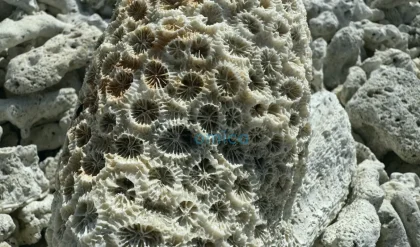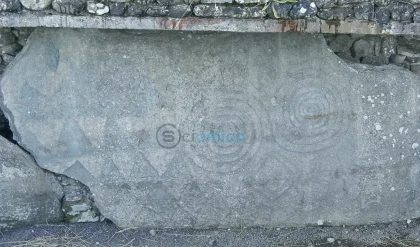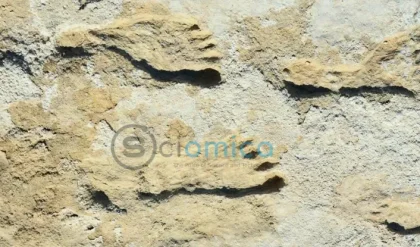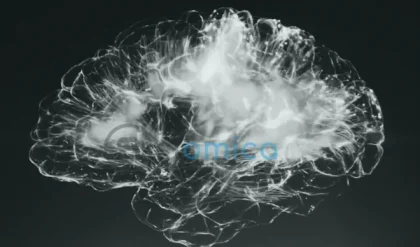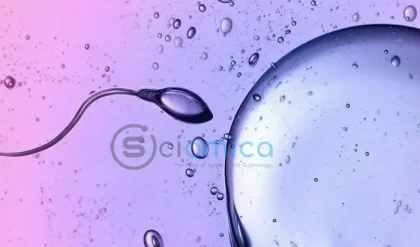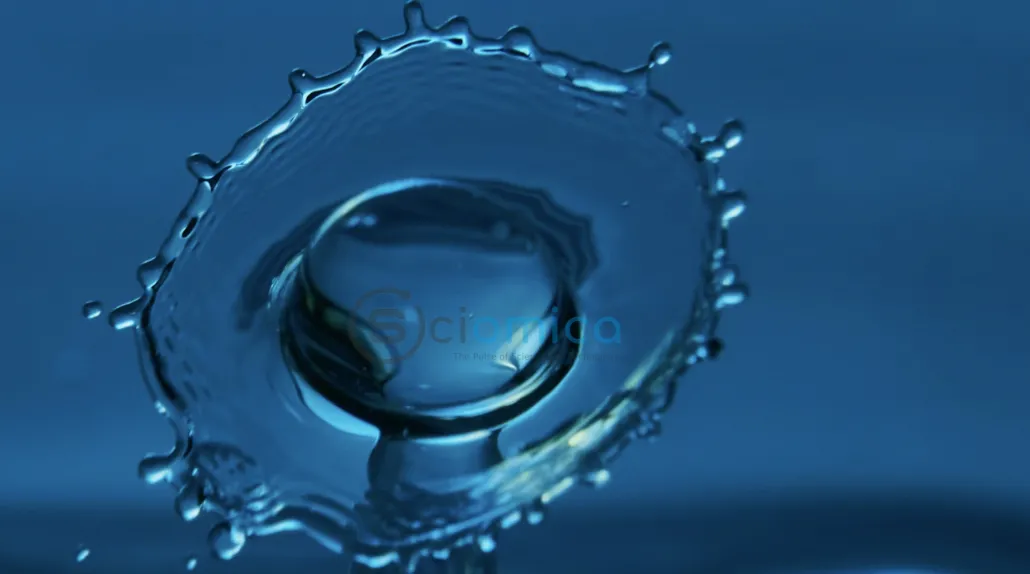
In a remarkable advancement for those lacking access to clean water, a team of international scientists, led by Nobel Laureate Professor Sir Kostya Novoselov and Professor Rakesh Joshi, has created a new nanomaterial that can effectively capture water vapor from the atmosphere. This innovative technology offers a potentially scalable and energy-efficient solution to one of the most urgent global challenges: the lack of potable water for billions of people.
Characterized by its lightweight structure and exceptional ability to absorb moisture, this new material can collect more than three times its weight in water, providing hope for regions where humidity is present, but clean drinking water is scarce. “Our technology will have application in any region where we have sufficient humidity but limited access to or availability of clean potable water,” Professor Joshi remarked, highlighting the possible widespread benefits of their discovery.
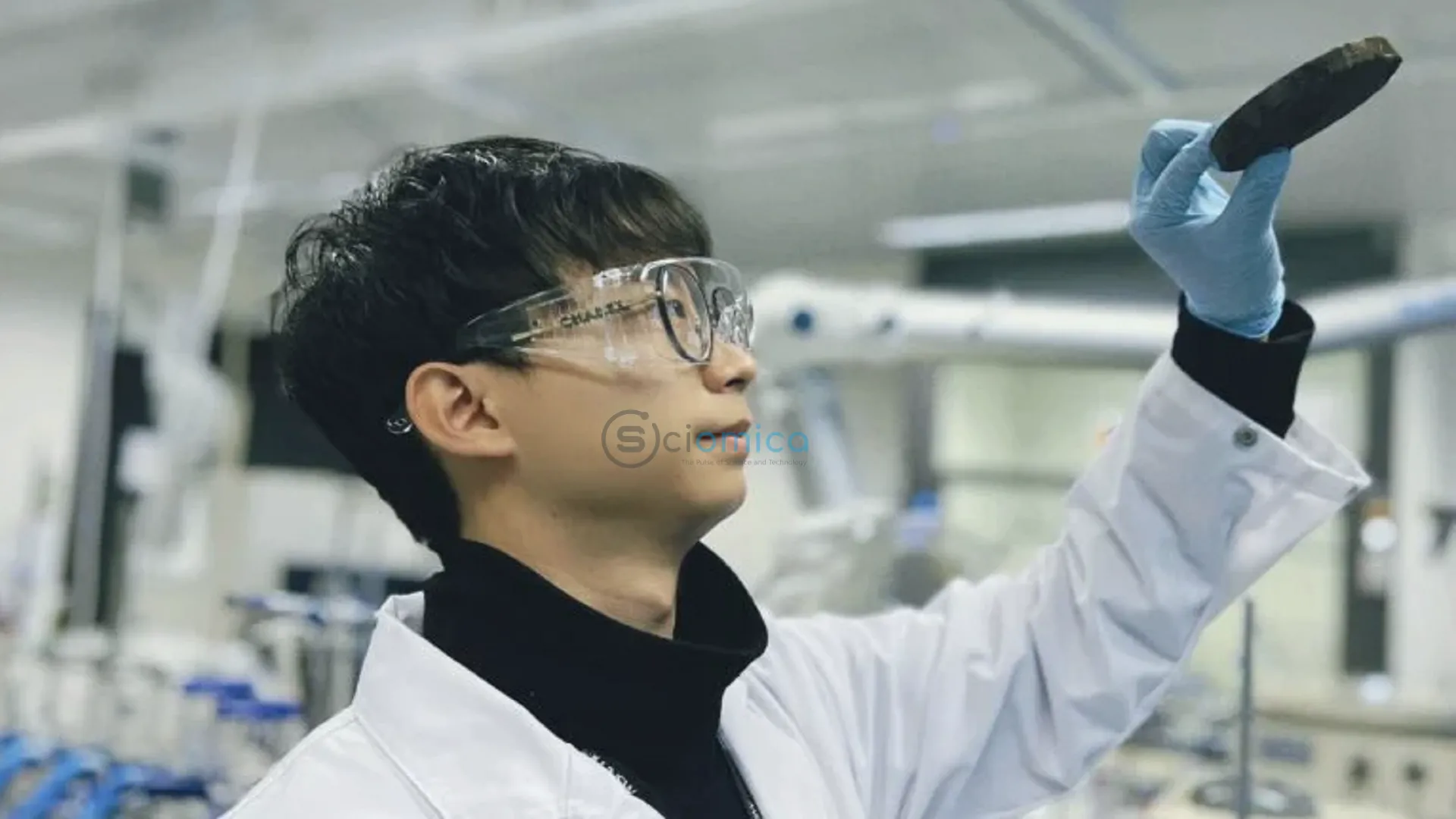
Central to the effectiveness of this nanomaterial is its composition of graphene oxide, a single-atom-thick carbon structure enhanced with oxygen-containing groups. This unique composition allows the material to attract and absorb water molecules due to its specific surface chemistry. The researchers did not stop there; they also explored the synergistic potential of adding calcium ions (Ca²⁺) to the graphene oxide framework, as calcium also possesses strong water-adsorbing properties.
The combination of calcium and graphene oxide proved to be a pivotal breakthrough. While both materials can individually form strong hydrogen bonds with water, their interaction modifies the hydrogen bonding network significantly. This alteration leads to a marked enhancement in water absorption, resulting in a material that absorbs far more water than the sum of its individual components. “We measured the amount of water adsorbed onto graphene oxide by itself and we measured X. We measured the amount of water adsorbed onto calcium itself and we got Y. When we measured the amount of water absorbed onto the calcium-intercalated graphene oxide, we got much more than X+Y. It’s like 1+1 equals a number larger than 2,” explained Xiaojun (Carlos) Ren from the UNSW School of Materials Science and Engineering and the primary author of the research.
To further amplify the material’s absorption capabilities, the researchers formed the calcium-intercalated graphene oxide into an aerogel. This ultra-light solid, filled with microscopic pores, permits rapid water absorption, surpassing the absorption rate of traditional graphene oxide. The aerogel’s sponge-like qualities also facilitate the efficient release of absorbed water with minimal energy input, requiring only gentle heating to about 50 degrees Celsius for the water to be released. “The only energy this system requires is the small amount needed to heat the system to about 50 degrees to release the water from the aerogel,” noted Professor Daria Andreeva, a co-author of the study.
The study utilized a blend of practical experiments and powerful computer simulations conducted on the Australian National Computational Infrastructure (NCI) supercomputer based in Canberra. “The modeled simulations on the supercomputer elucidated the complex synergistic interactions at the molecular level, providing insights that now enable us to design even better systems for atmospheric water generation. This research offers a sustainable solution to the pressing challenge of fresh water availability, especially in regions across Australia and other water-stressed areas globally,” said Professor Amir Karton from the University of New England, who led the computational aspect of the research.
Although still in its foundational research stage, the advancements made by this collaborative effort—incorporating scientists from Australia, China, Japan, Singapore, and India—are attracting interest from industry partners eager to work on scaling up the technology and developing prototypes for real-world applications. The research findings were published in the Proceedings of the National Academy of Sciences of the United States of America, representing a significant milestone in the ongoing quest to address global water scarcity.
As the team continues to explore the potential of this nanomaterial, the implications for enhancing access to clean drinking water could be profound, paving the way for innovative solutions to one of humanity’s most critical problems.

